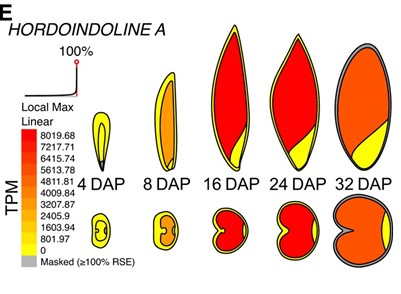
Transcriptional changes during barley grain development
Plant Science Research WeeklyBarley is a globally important cereal crop, so understanding barley grain development is of much interest. Here, Kovacik et al. investigated transcriptional changes in barley grains at five points across development, 4, 8, 16, 24 and 32 days after pollination. For each time point, grains were manually…

Antibody array-based proteome approach reveals proteins involved in grape seed development
Plant Science Research WeeklyGrape (Vitis vinifera) is a globally cultivated fruit for fresh or processed consumption, and seedless grapes are highly preferred for consumer convenience. In seedless grapes, fertilization occurs but the embryo subsequently aborts, although the molecular basis for this abortion is not understood. Zhang…
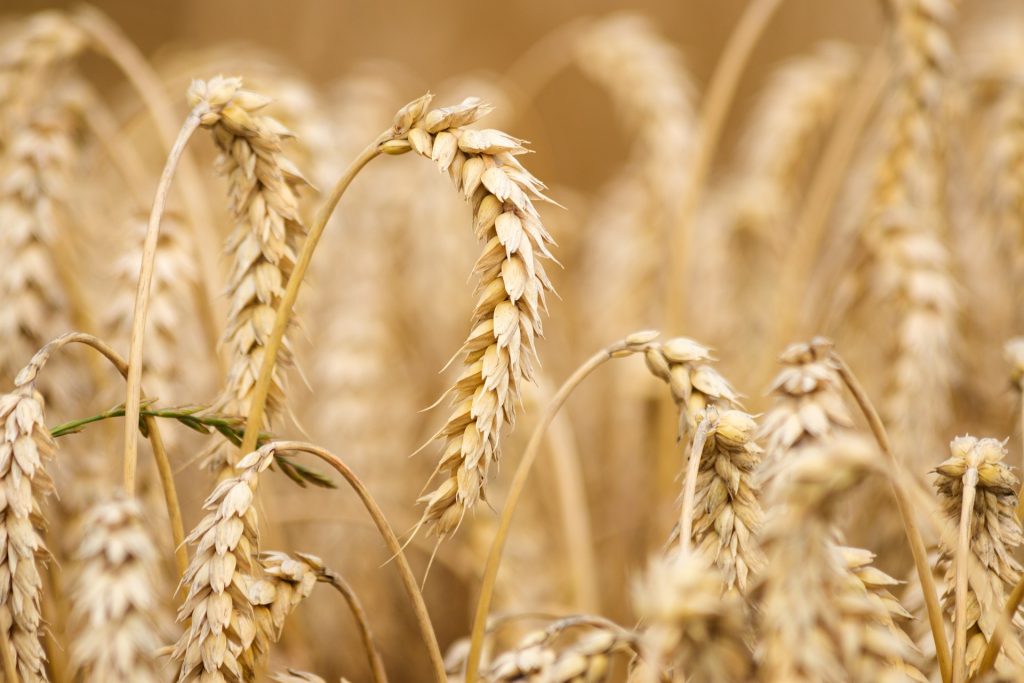
SSR markers are useful tools in wheat varietal purity and genetic diversity assessment
Plant Science Research WeeklyDifferent breeding programs worldwide have developed various cultivars that can cope with changing and increasingly unpredictable environments while meeting market needs. These developments have brought a new challenge: creating tools to distinguish such varieties and trace their genetic purity. Using…
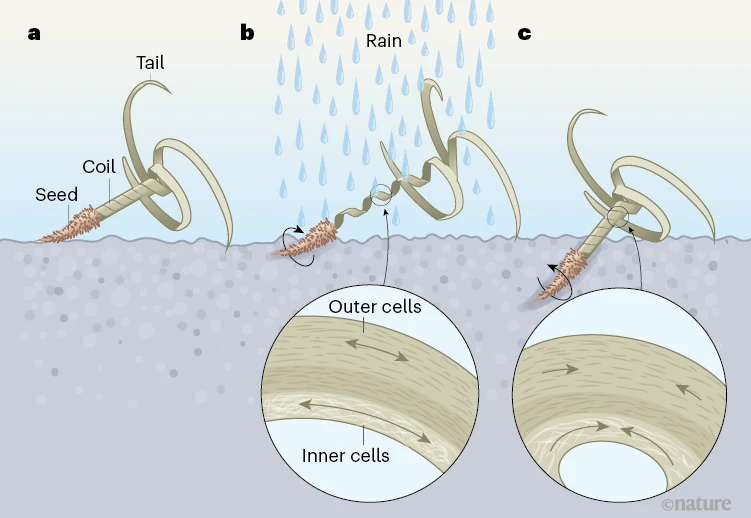
Inspired by nature: Self-burying seeds
Plant Science Research WeeklySelf-burying seeds are high on the list of “aren’t plants amazing”. Seeds of several species carry appendages that change shape when exposed to moisture and that are oriented in such a way so that their shape changes push the seed underground (don’t take our word for it – see https://youtu.be/TOJG5mF6OLs).…
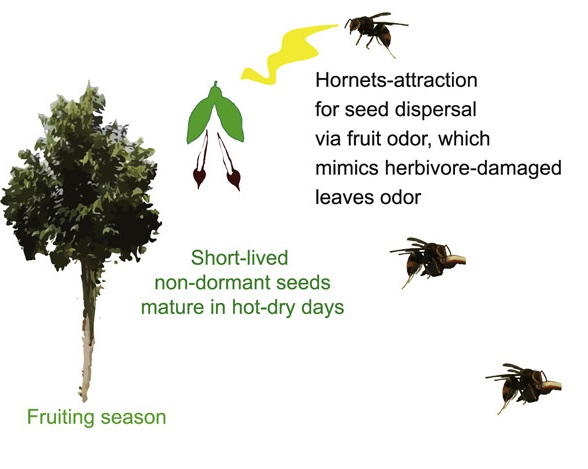
Agarwood harnesses hornets for rapid dispersal of non-dormant seeds (Curr. Biol.)
Plant Science Research WeeklyThe seeds of the Agarwood tree (Aquilaria sinensis) lose viability within a few hours of the fruit splitting, so need to reach the ground as soon as possible. Qin et al. report that agarwood achieves this by fooling hornets (Vespa spp.), which generally eat herbivore insects such as caterpillars. When…

Single seeds exhibit transcriptional heterogeneity during secondary dormancy induction (Plant Physiol)
Plant Science Research WeeklySecondary dormancy (SD) of seeds is a natural strategy that allows survival of the plant in environments with unfavourable climatic conditions. However, in Arabidopsis, a variance of dormancy depth in between identical seeds can be explained by population-based threshold models. This single-seed variability…
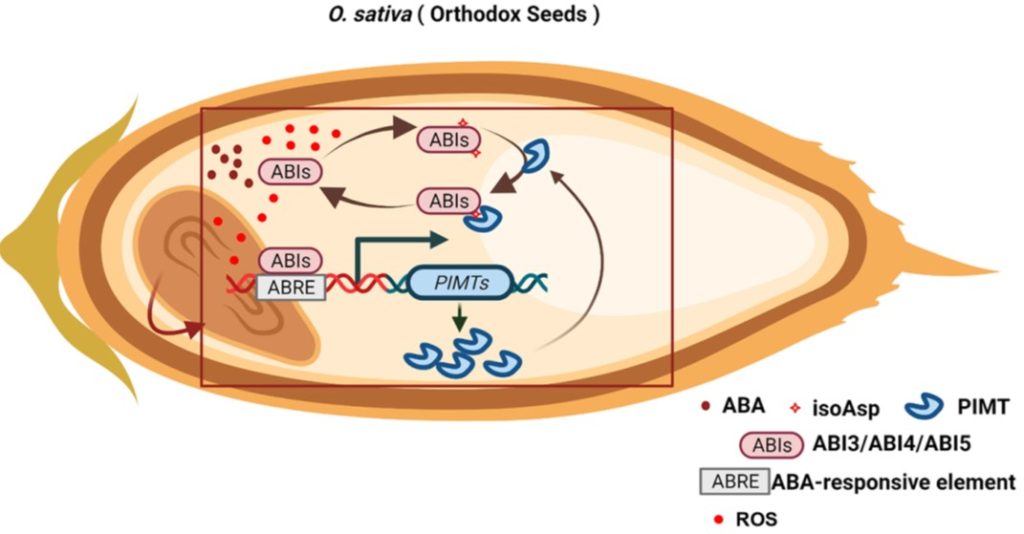
PIMT and ABI-TFs cascade mediates desiccation tolerance and longevity in rice seeds (Development)
Plant Science Research WeeklyThe ABA INSENSITIVE (ABI) transcription factors (TFs) (ABI3, ABI4, ABI5) regulate DT and play essential roles during seed germination. Therefore, these TFs must be functionally protected during seed desiccation. Recalcitrant seeds are sensitive to desiccation, while orthodox seeds possess a remarkable…
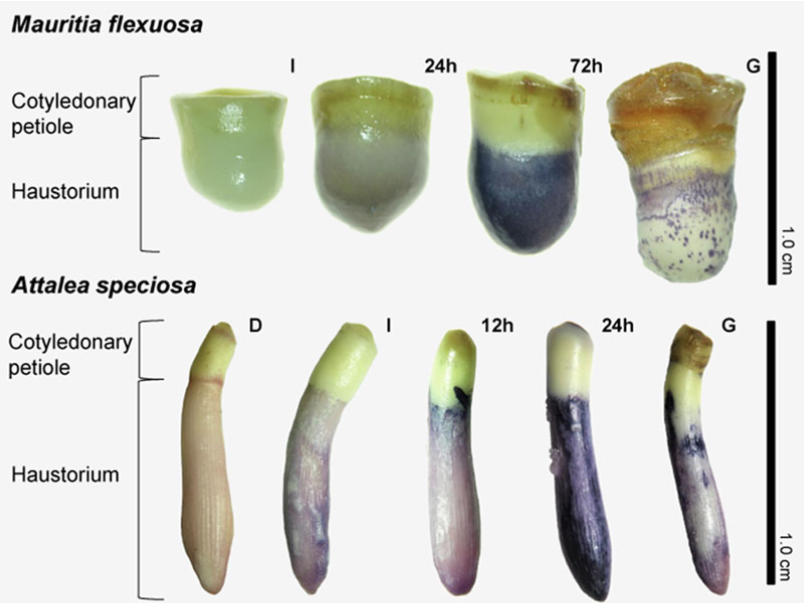
Oxidant system and ABA drive germination in seeds of palm species with differences in desiccation tolerance ($) (Seed Sci Res)
Plant Science Research WeeklyPalms are a taxonomically and ecologically diverse group. This wide variety is also reflected in their seeds, with their species showing all combinations of dormancy and desiccation tolerance behaviors. Yet, comparative studies of their germination physiology are relatively scarce. In this paper, Santos…

